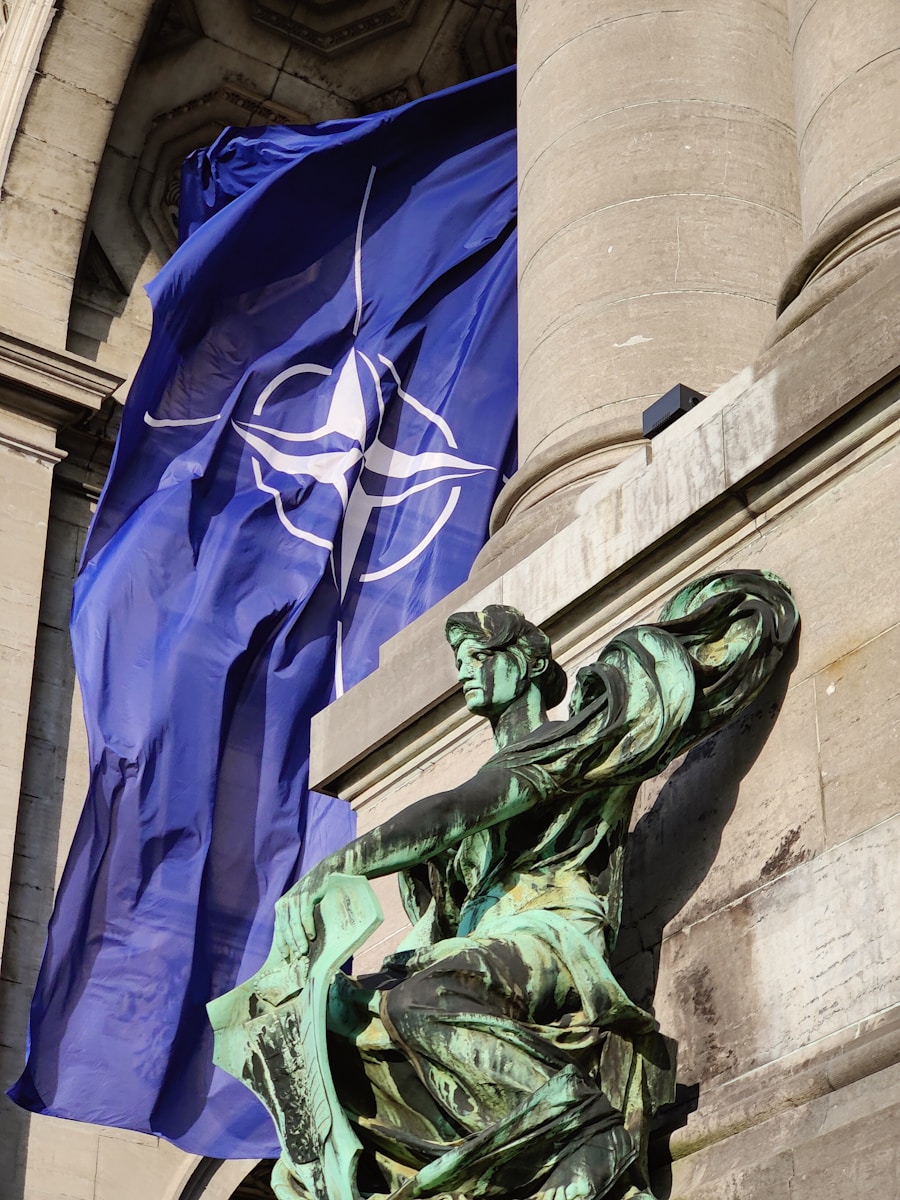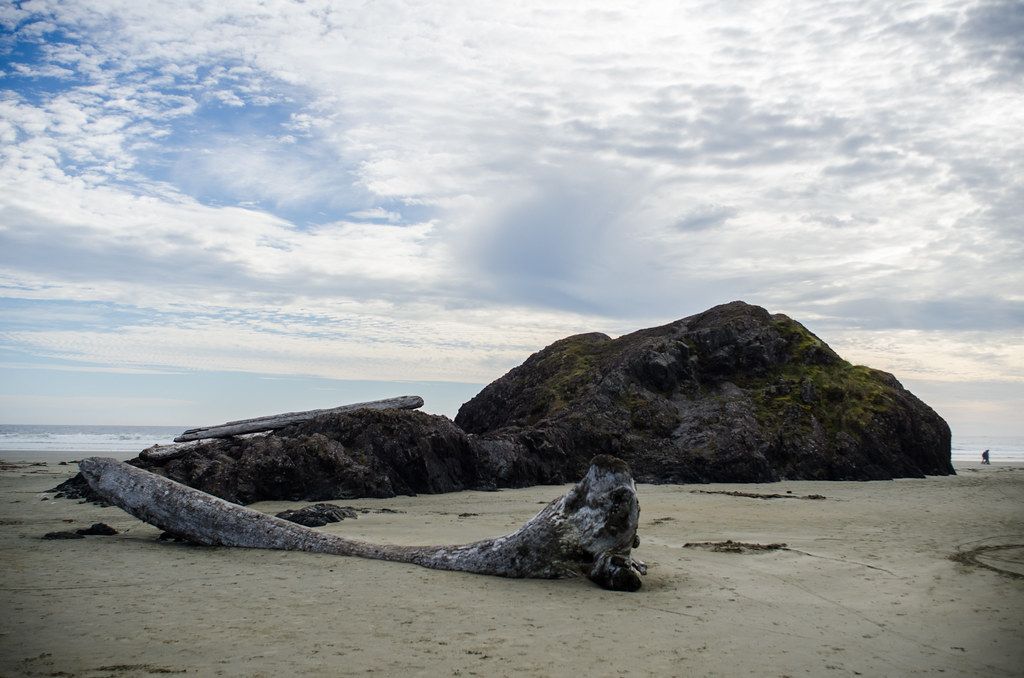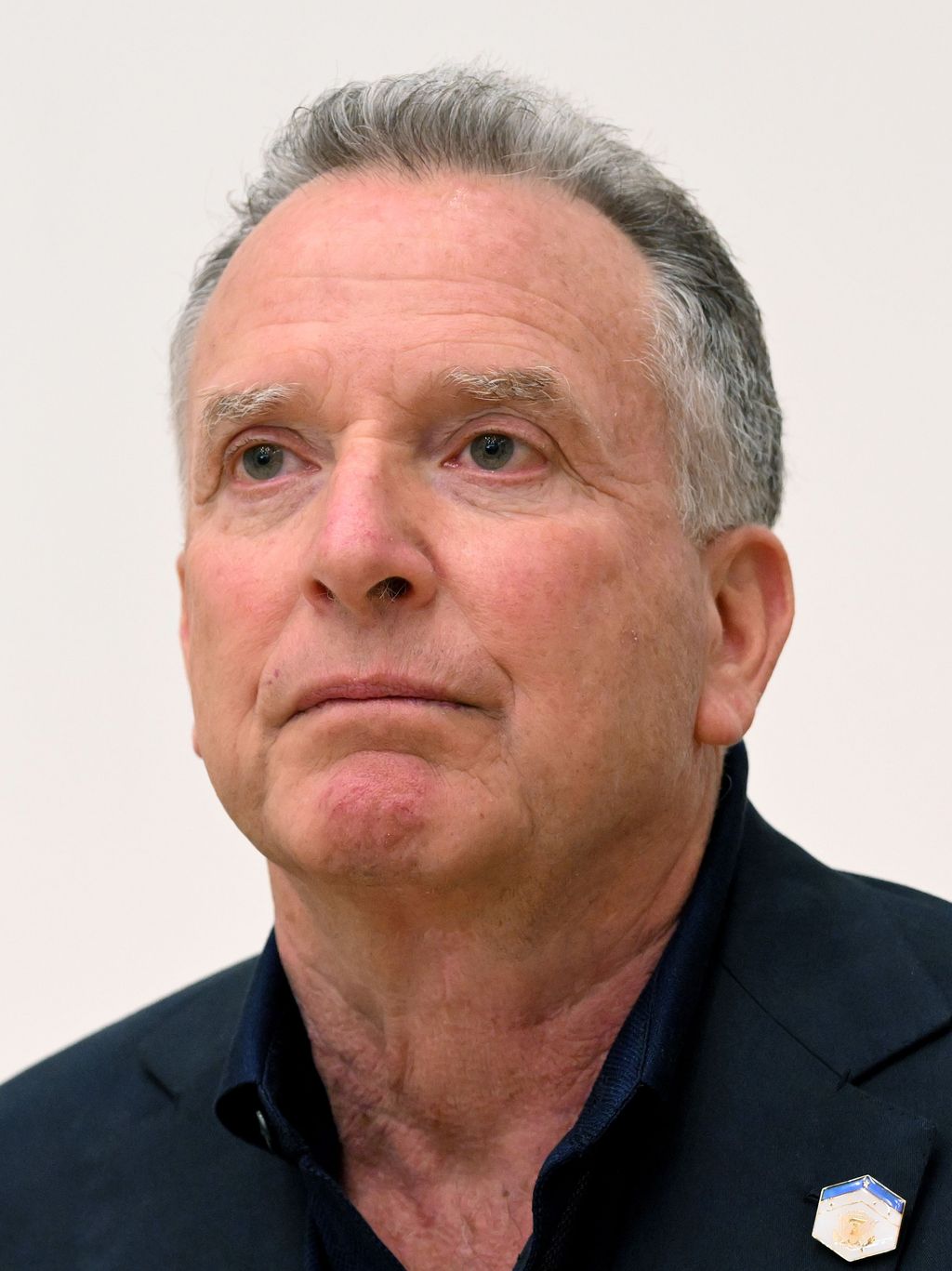
In a critical week for international diplomacy, U.S. President Donald Trump’s special envoy, Steve Witkoff, held extensive talks with Russian President Vladimir Putin in Moscow on Wednesday. The highly anticipated meeting unfolded just days before a White House-imposed deadline for Russia to agree to a peace deal with Ukraine, or face a new wave of severe economic penalties.
While both Washington and Moscow offered ostensibly positive assessments of the three-hour discussion, a tangible breakthrough in ending the protracted three-year conflict in Ukraine remained conspicuously absent. This intricate diplomatic dance highlights the persistent challenges in de-escalating one of Europe’s deadliest wars since World War II.
Upon the meeting’s conclusion, President Trump conveyed a sense of achievement through his Truth Social platform. He described the encounter as “highly productive” and asserted that “Great progress was made!” He further indicated that he had briefed several European allies, noting that “Everyone agrees this War must come to a close, and we will work towards that in the days and weeks to come.”
Kremlin officials echoed a similar sentiment, albeit with more reserved language. Yuri Ushakov, a top foreign policy adviser to Mr. Putin, characterized the discussions as “useful” and “constructive.” He confirmed that “signals” were exchanged between the two sides concerning the “Ukraine issue” and the broader “prospect of possible development of strategic cooperation between the United States and Russia.”
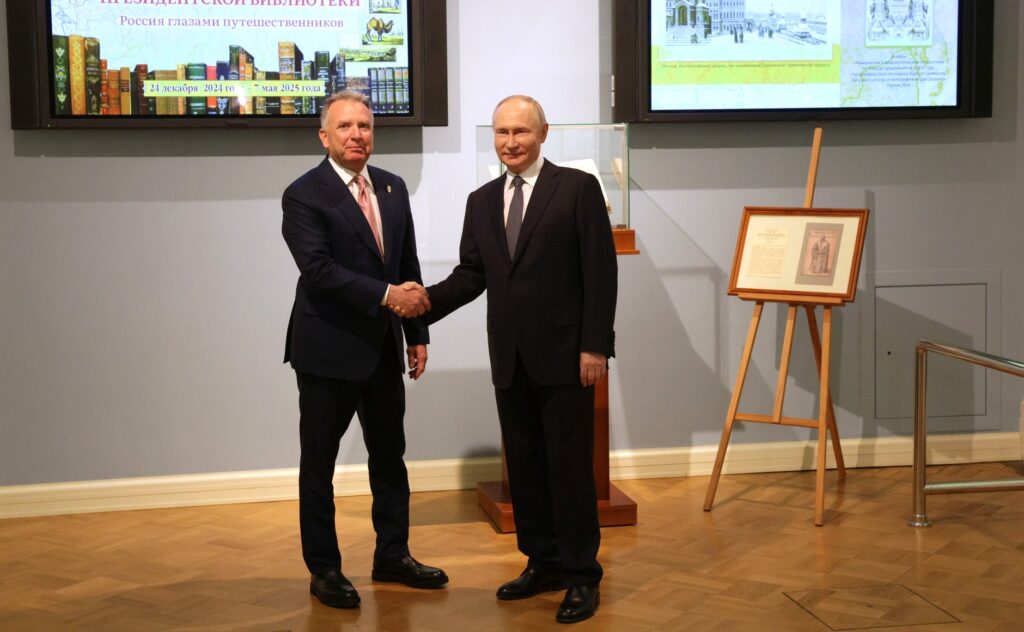
The lead-up to the meeting saw Mr. Witkoff, a real estate billionaire and long-time personal friend of President Trump, arrive in Moscow, where he was greeted by Kirill Dmitriev, Mr. Putin’s envoy for investment and economic cooperation. Footage aired by the Russian news agency TASS showed the two taking an early morning stroll through Zaryadye Park, a scenic area adjacent to the Kremlin walls, before Mr. Witkoff proceeded to his high-level engagement with the Russian president.
This marks Mr. Witkoff’s fifth visit to Moscow since President Trump assumed office, placing him at the forefront of White House efforts to mediate an end to Russia’s full-scale invasion of Ukraine, which commenced in February 2022. His extraordinary access to President Putin is notable, given the Russian leader’s limited engagement with Western officials who are not heads of state since the conflict began.
Previous visits by Mr. Witkoff have successfully facilitated prisoner exchanges, leading to the release of Americans jailed in Russia. These diplomatic overtures have also paved the way for direct phone calls between Mr. Putin and Mr. Trump. However, despite these efforts, none of the prior meetings have yielded clear indications of progress towards ending the conflict in Ukraine.
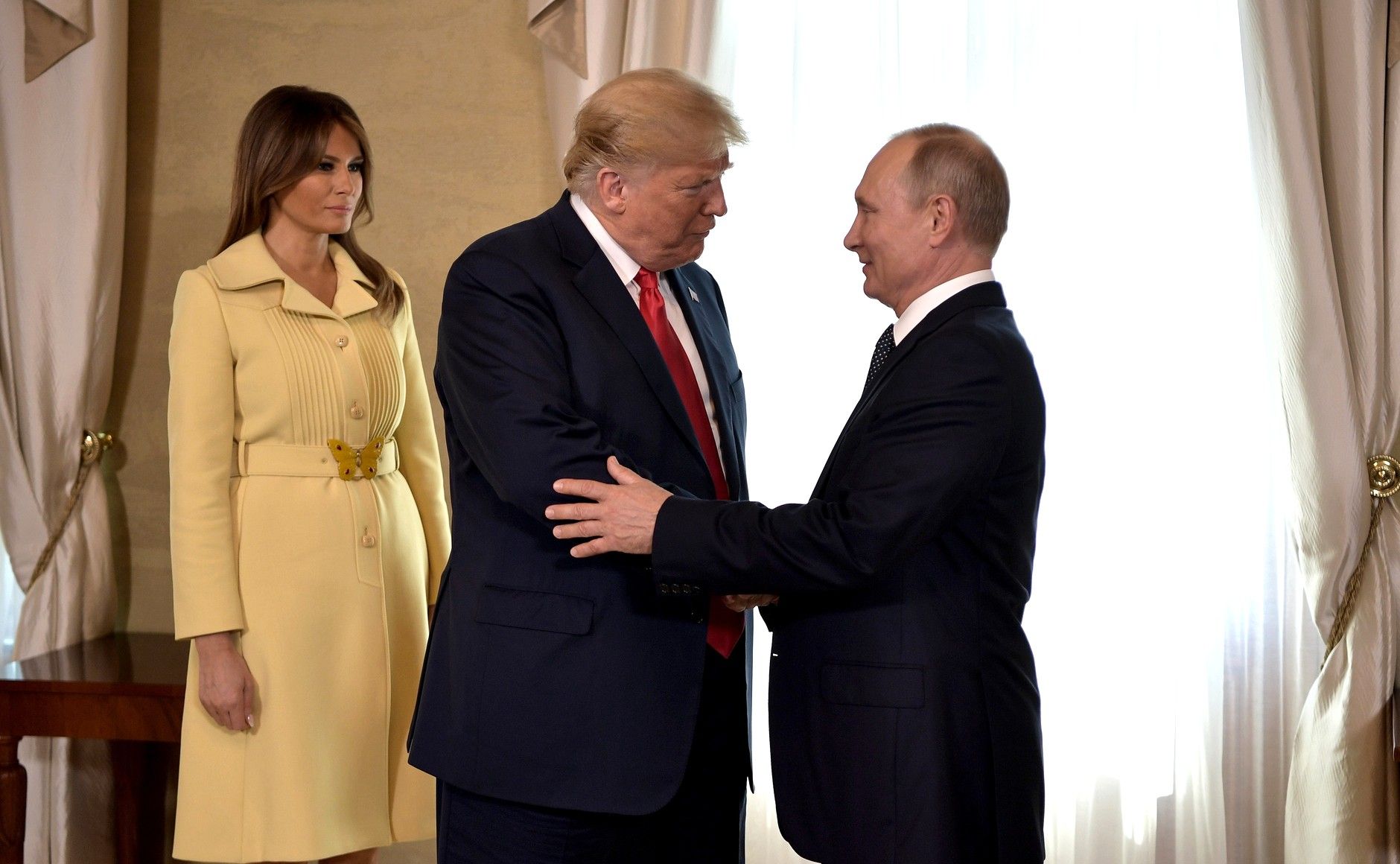
The context of Wednesday’s meeting was underscored by President Trump’s escalating frustration with Mr. Putin’s continued and intensified strikes on civilian areas within Ukraine. These attacks, Ukrainian officials argue, are designed to erode morale and public appetite for the war, even as President Trump has urged the Russian leader to relent in recent months.
In a demonstration of resolve following the meeting, President Trump acted on his previously stated threat of economic penalties. He signed an executive order imposing an additional 25 percent tariff on goods from India, specifically targeting its purchases of Russian oil. This move brought the total tariff on Indian imports of Russian oil to 50 percent, with the President indicating that further penalties, potentially on China, were under consideration.
However, President Trump himself has expressed skepticism about the efficacy of sanctions. On Sunday, he remarked that Russia has proven to be “pretty good at avoiding sanctions.” He further characterized the Russians as “wily characters,” casting doubt on whether economic pressure alone could compel a change in Moscow’s strategic course.
Indeed, the Kremlin has consistently maintained that the international sanctions imposed since its February 2022 invasion have had a limited impact on Russia’s economy. Despite these assertions, Ukraine adamantly argues that sanctions are significantly impacting Moscow’s war machine and actively seeks an increase in pressure from its Western allies.
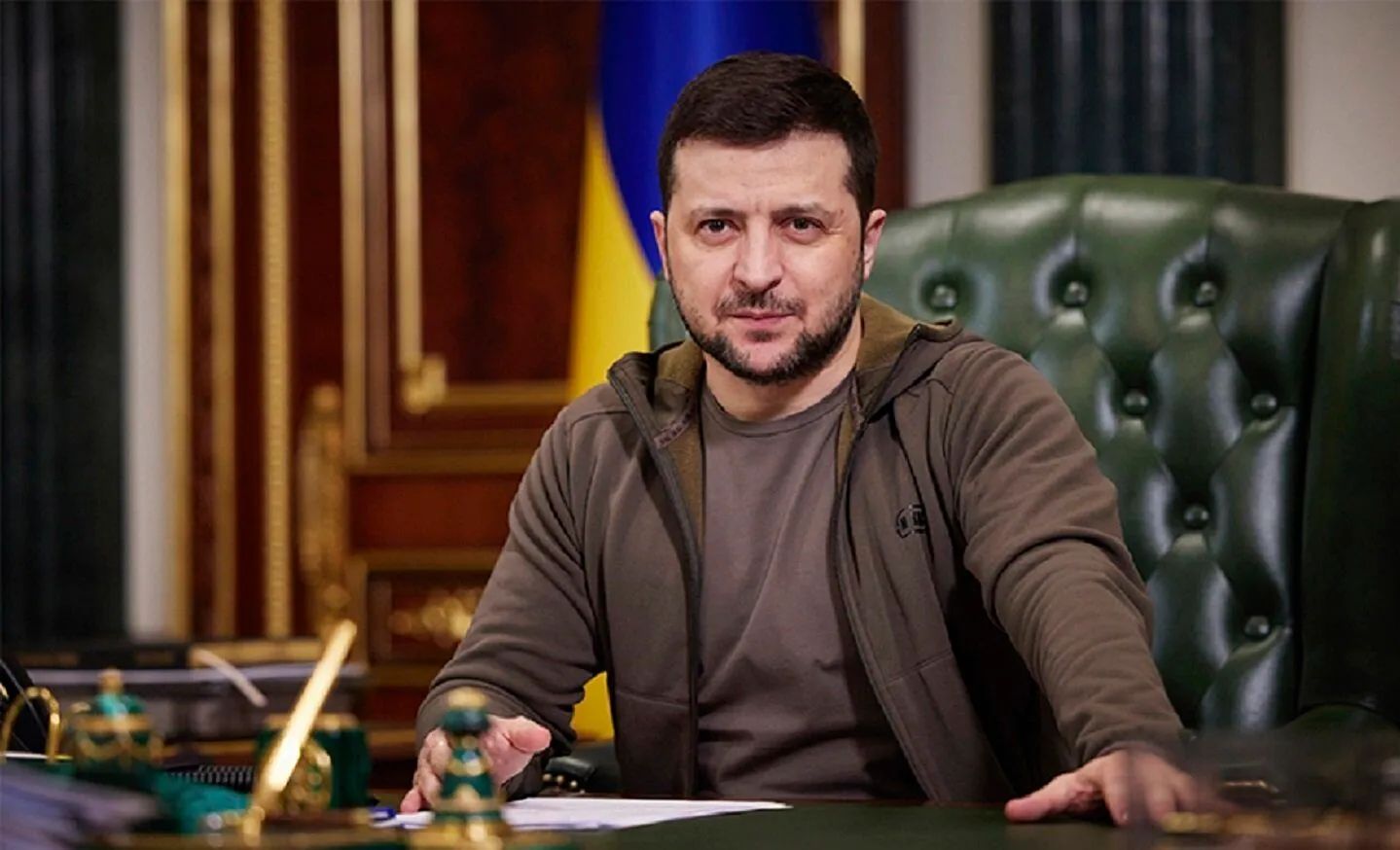
Ukrainian President Volodymyr Zelenskyy, speaking after the Moscow meeting, confirmed that he had discussed the outcomes with President Trump and several European leaders. He reiterated Ukraine’s firm stance, stating, “Our joint position with our partners is absolutely clear – the war must end.”
President Zelenskyy conveyed a cautious optimism that “It seems that Russia is now more inclined to a ceasefire. The pressure on them works.” However, he immediately followed this with a crucial caveat: “But the main thing is that they do not deceive us in the details — neither us nor the U.S.” This underscores Kyiv’s deep-seated distrust and vigilance regarding any potential Russian overtures.
The necessity for an end to hostilities is starkly illustrated by the ongoing toll on Ukrainian civilians. Overnight from Tuesday to Wednesday, Russian forces launched at least four strikes on a recreational center in Ukraine’s southern Zaporizhzhia region, utilizing powerful glide bombs. The attack tragically killed two people and injured 12, including two children, according to regional Governor Ivan Fedorov.

President Zelenskyy condemned the strike, stating on Telegram, “There is zero military sense in this strike. Only cruelty to intimidate.” Furthermore, Russia also targeted Ukraine’s power grid and facilities for heating and cooking gas in the southern Odesa region, actions that Ukrainian officials deemed a deliberate blow to winter preparations.
From the Russian perspective, President Putin has offered no public indication of a willingness to make concessions. Instead, he and senior Kremlin officials have consistently highlighted the country’s burgeoning military strength. Last week, Mr. Putin announced the entry into service of Russia’s new hypersonic missile, which he claims is impervious to current NATO air defense systems.
Furthermore, Russia declared on Tuesday that it no longer considers itself bound by a self-imposed moratorium on the deployment of nuclear-capable intermediate-range missiles. This declaration is a significant warning that potentially sets the stage for a new arms race, signaling Moscow’s intent to bolster its military posture without restraint.
The broader geopolitical landscape further complicates diplomatic efforts. The Washington-based Center for European Policy Analysis issued a sobering assessment this week, warning of “clear signs that the Kremlin is preparing for a broader confrontation with NATO.” This assessment cites a significant military build-up along Russia’s western flank with alliance countries in recent years.
Russia has also actively strengthened its military ties with a diverse array of nations, including China, North Korea, and Iran, forging a potent bloc in opposition to Western interests. Meanwhile, NATO announced on Tuesday that it has commenced coordinating regular deliveries of large Western weapons packages to Ukraine, with European allies and Canada largely procuring equipment from the United States.
Notably, the Trump administration has not donated any arms directly to Ukraine, opting for a different approach to military aid that channels support through allies. This policy decision highlights a distinct strategic divergence within the broader Western alliance regarding the direct arming of Kyiv.
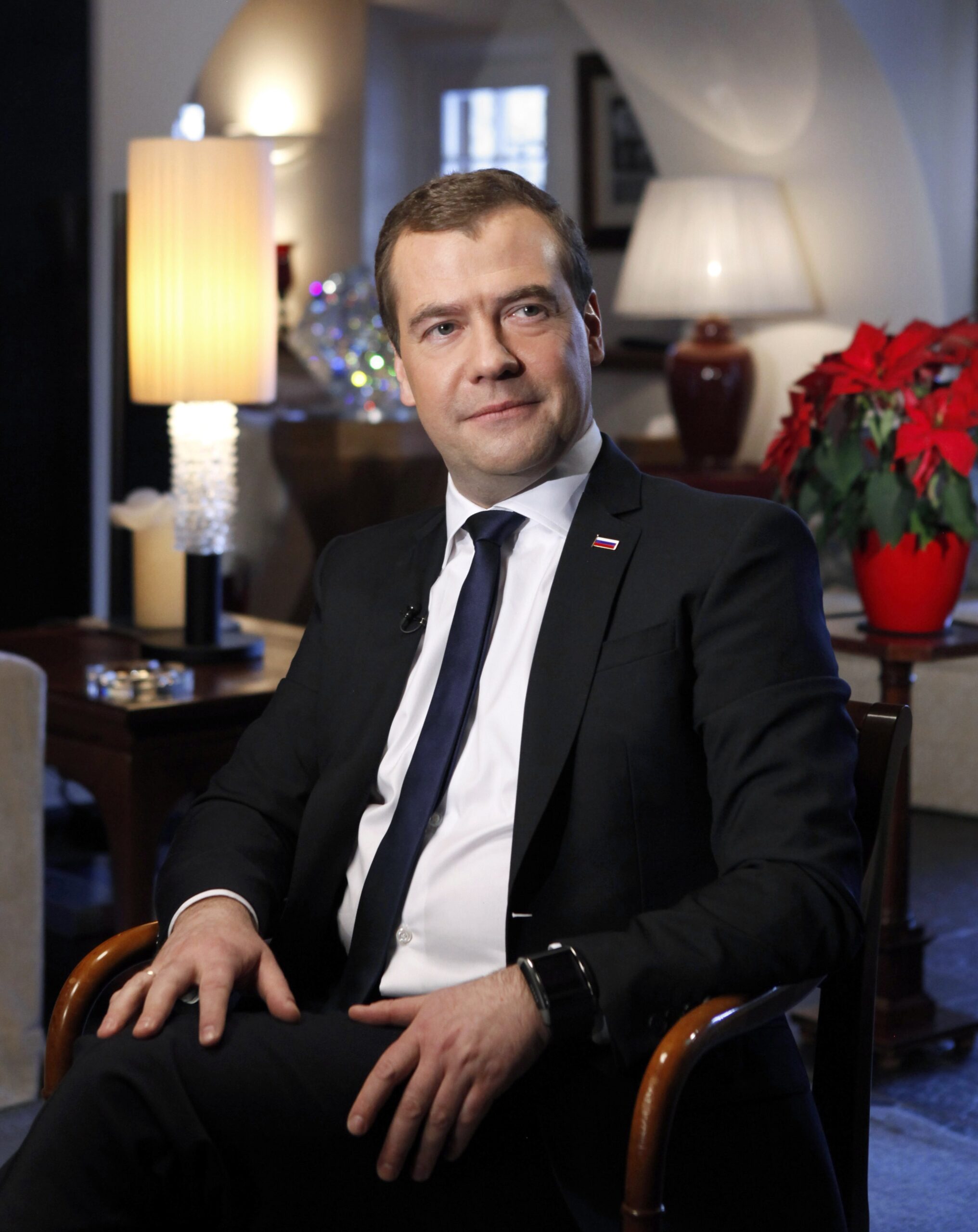
Former Russian President Dmitry Medvedev intensified the sense of geopolitical unease by warning that the Ukraine war could potentially escalate into a direct armed conflict between Russia and the United States. President Trump responded to this stark warning by ordering the repositioning of two U.S. nuclear submarines, a move intended to project strength and resolve.
Despite the positive characterizations of the Witkoff-Putin meeting, the ultimate lack of a tangible “breakthrough” underscores the deep-seated mistrust and fundamental disagreements that persist. The exchange of “signals,” while potentially opening avenues for future dialogue, has yet to translate into concrete steps toward peace.
The ongoing conflict continues to exact a heavy toll, characterized by slow and costly gains for Russian forces, which, despite a spring offensive advancing faster than last year’s push, have been unable to capture any major cities. Analysts describe the situation on the front line as critical for Ukrainian forces, yet they maintain that defenses are not on the verge of collapse.
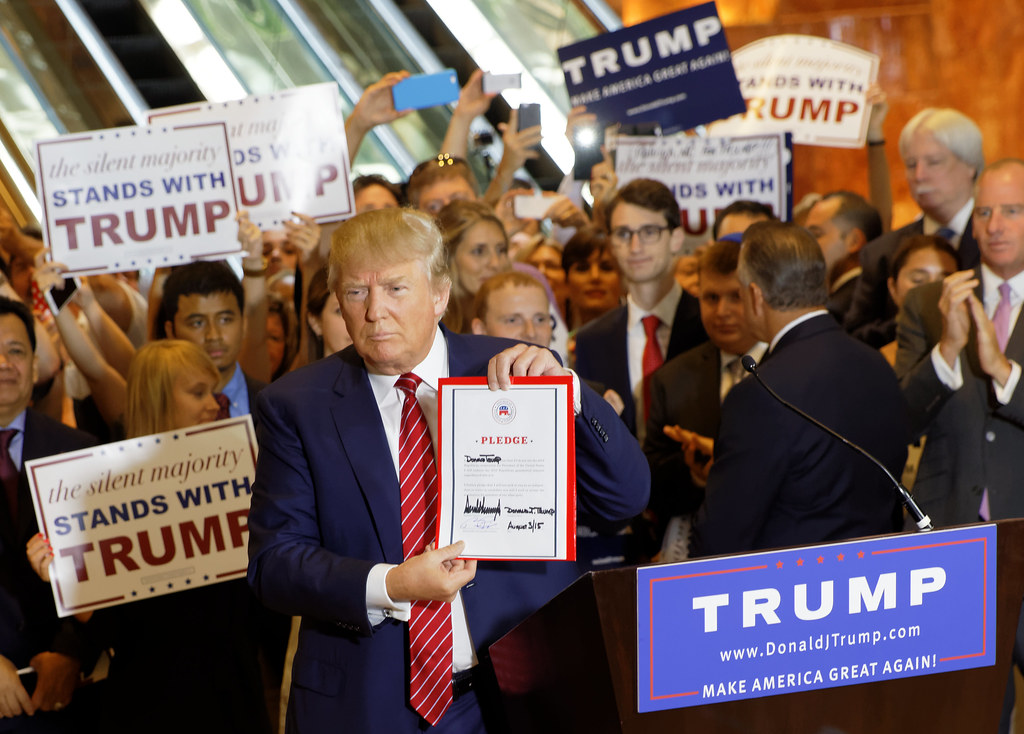
Against this complex international backdrop, the domestic political landscape in the United States presents a unique context. Recent polling data, including CNN’s poll of polls, indicates a strong political standing for President Trump, with a nearly 70 percent chance of winning the 2024 election. This strong domestic position may influence the administration’s leverage and approach to foreign policy.
The analysis of polling methodologies suggests a significant underestimation of the Trump vote in previous elections, particularly in the Midwest. In 2020, President Joe Biden narrowly secured Pennsylvania by only 80,000 votes, while President Trump needed just 46,000 votes for re-election nationwide. Current projections indicate that Vice President Kamala Harris is only ahead by two to three points, a margin considered insufficient given past electoral patterns.
Furthermore, Vice President Harris’s performance among core Democratic voter groups has been noted as significantly underperforming. She is reportedly “woefully underwater with union voters, projected to be the worst performing Democrat in a generation.” Her support is also described as “grossly underperforming among black and Jewish voters.”
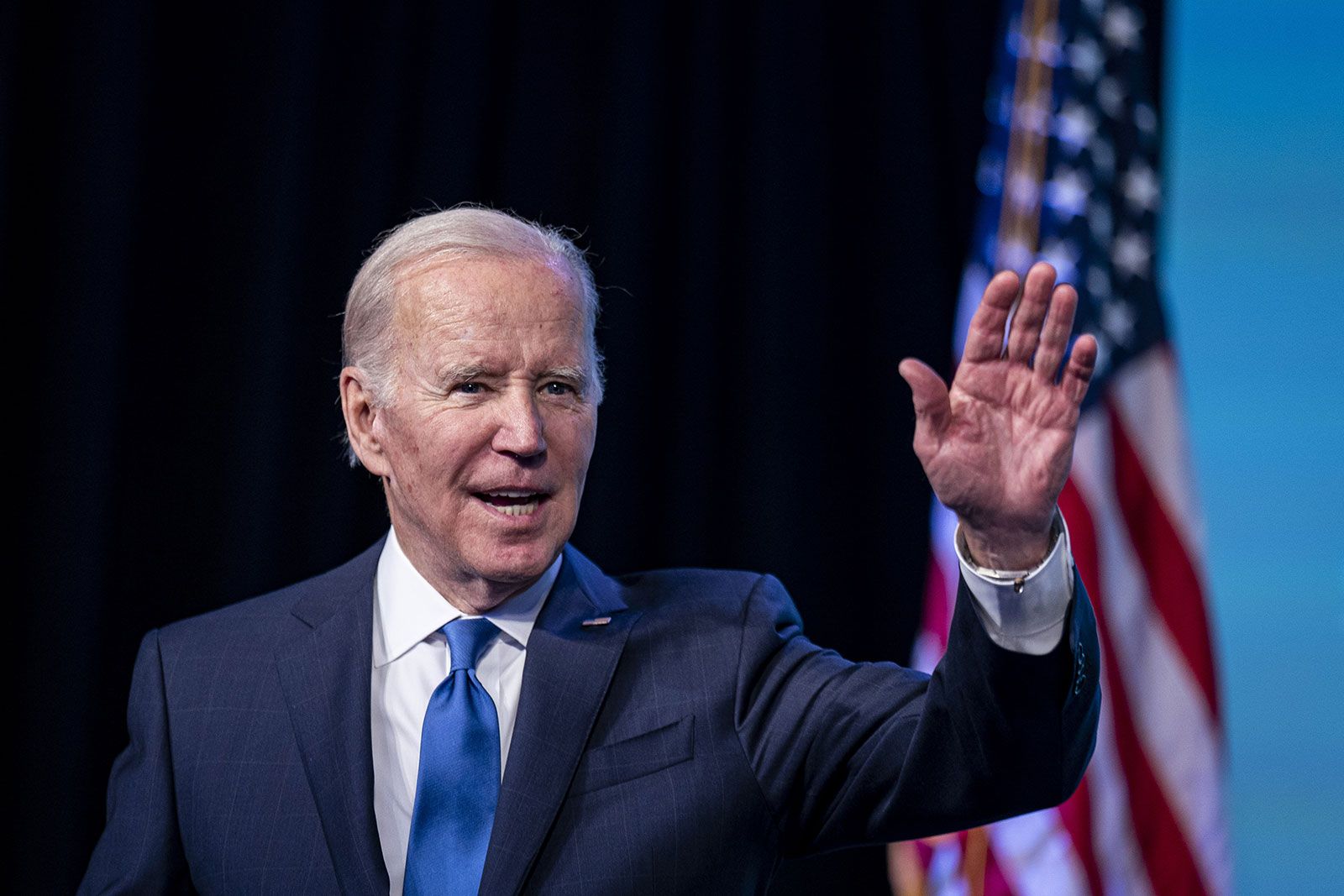
While some crosstabs show her performing better than President Biden, analysts caution that “having a pulse isn’t a high benchmark.” This domestic political dynamic adds another layer to President Trump’s current foreign policy endeavors, suggesting a mandate that could embolden his assertive stance on international issues.
The immediate future of the Ukraine conflict remains shrouded in uncertainty. While diplomatic channels, such as Mr. Witkoff’s mission, continue to be explored, the fundamental demands of both sides appear irreconcilable at present. Russia’s insistence on territorial concessions and a renunciation of Western support from Kyiv stands in direct opposition to Ukraine’s demand for an immediate ceasefire and the restoration of its territorial integrity.
As the Friday deadline for new sanctions approaches, the international community watches intently. The prospect of continued economic pressure, coupled with the ongoing military build-up and the stark warnings of broader confrontation, paints a picture of heightened global tensions. The pursuit of peace remains a complex and arduous journey, marked by cautious optimism, strategic maneuvering, and the ever-present shadow of renewed conflict.

